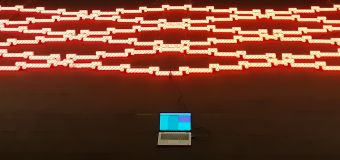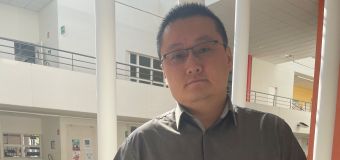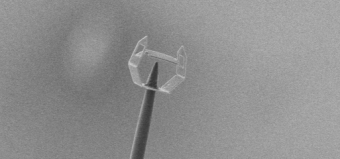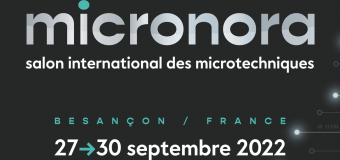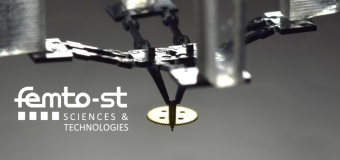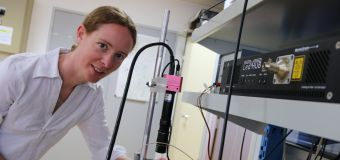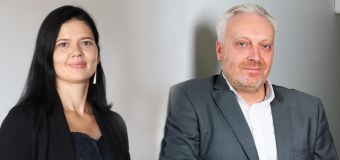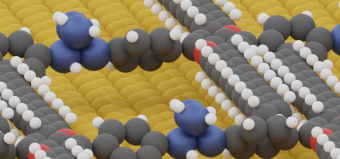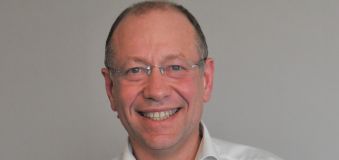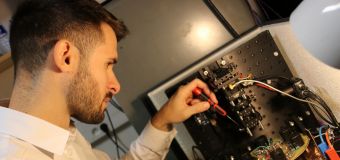You are here
First demonstration of self-confined nonlinear waves in plasmonic structures
By providing the very first experimental evidence of the existence of this phenomenon, FEMTO-ST researchers and their partners hope to be able to generate this nonlinear effect using low intensity laser sources, in order to use it for nanophotonics applications.
The waves are in turn confined !
Predicted for more than 40 years, nonlinear self-confined waves in plasmonic structures are waves that propagate, in part, in a nonlinear dielectric material, as well as in a metal that ensures a strong spatial localization of the electromagnetic field. In spite of recent advances in nonlinear plasmonics, various technical problems had not allowed to observe them until now. Researchers from FEMTO-ST, in collaboration with the Fresnel Institute in particular, have provided the first experimental evidence of the existence of these self-confined nonlinear waves in plasmonic structures.
This work was published in the journal ACS Photonics.
https://doi.org/10.1021/acsphotonics.0c00906
For FEMTO-ST, Mathieu Chauvet (Optics Department) and Tintu Kuriakose (now associated researcher at the University of Sheffield in England) are co-authors in this publication.
More informations in the website news of INSIS/CNRS



